The menacing hiss, the lightning-fast strike, and then—pain. A venomous snake bite represents one of nature’s most frightening encounters, combining physical trauma with the unsettling knowledge that toxins are actively spreading through your body. While most of us hope never to experience such an event, understanding what happens during and after a venomous snake bite can be crucial knowledge, especially for outdoor enthusiasts, travelers to snake-rich regions, or those simply curious about these remarkable yet dangerous creatures. This article explores the physical sensations, psychological impact, and medical progression of venomous snake bites, offering insight into an experience that approximately 5.4 million people worldwide face annually.
The Initial Strike: First Sensations
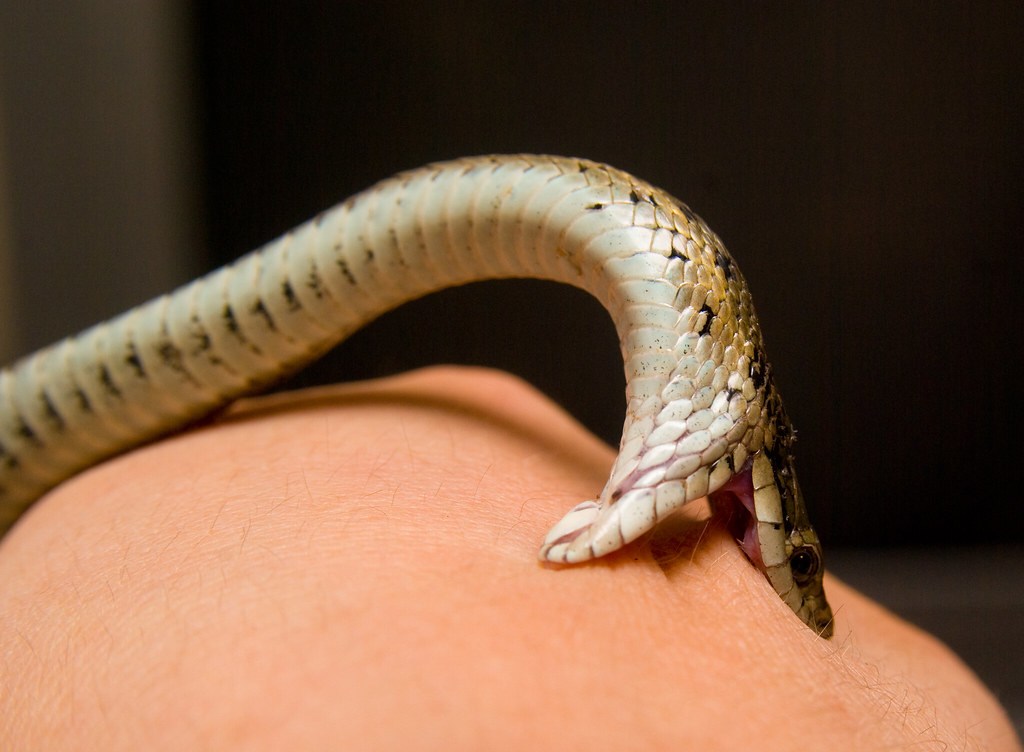
The immediate sensation of a venomous snake bite varies significantly depending on the species involved, but victims frequently report feeling a sharp, piercing pain similar to being stabbed with one or two needles. Unlike the clean puncture of a medical needle, however, snake fangs often create a tearing sensation as they penetrate skin and sometimes withdraw at an angle. Many bite victims initially report a burning or stinging sensation that quickly intensifies around the bite site. Interestingly, some people describe the initial bite as feeling deceptively mild—almost like a thorn prick or pinch—before more serious symptoms develop. Some venomous snakes, particularly vipers, leave distinctive fang marks that appear as two prominent puncture wounds, though coral snakes and some other species may leave less obvious marks or multiple smaller punctures.
Immediate Physiological Changes
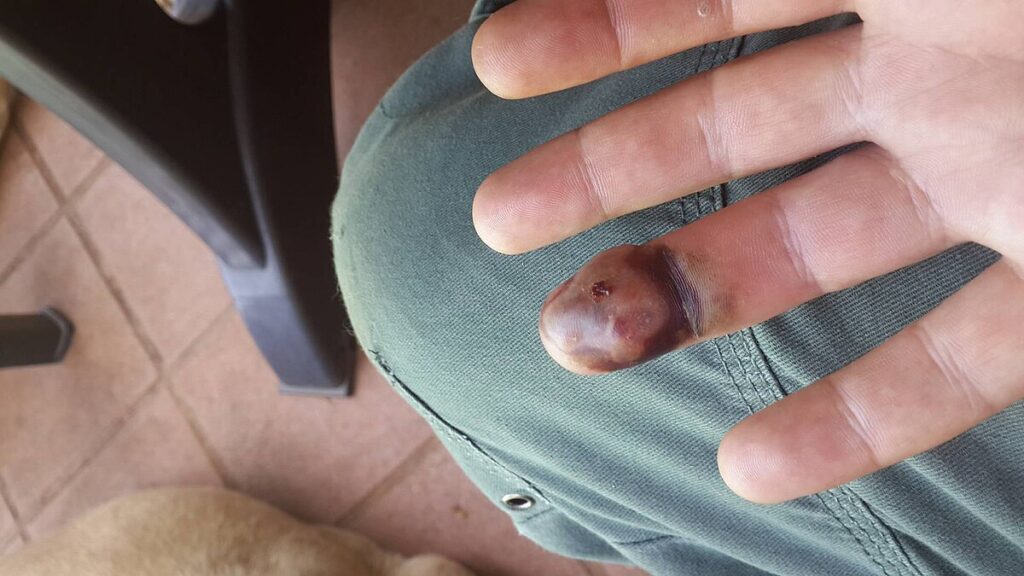
Within seconds to minutes after envenomation, the area around the bite typically begins to change dramatically. Most victims experience rapid swelling that can progress at an alarming rate, sometimes visibly expanding before their eyes as the venom damages tissue and triggers inflammatory responses. This swelling is often accompanied by discoloration—ranging from redness to purple or blue-black bruising—as venom components damage blood vessels and cause bleeding beneath the skin. Many victims report an intense throbbing or pulsing pain that radiates outward from the bite site, often described as feeling like the affected area is “on fire” or being “crushed.” Temperature sensations are common too, with many experiencing localized heat at the bite site while simultaneously feeling chills throughout the rest of their body, creating a disorienting contrast of thermal sensations.
Pain Progression and Characteristics
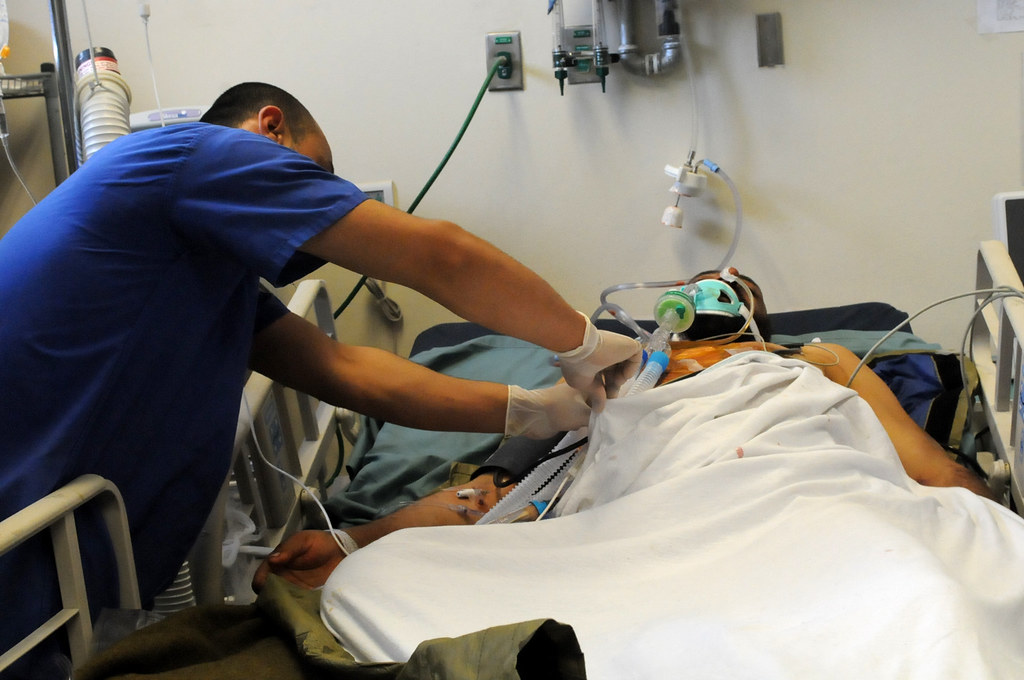
The pain from a venomous snake bite typically evolves in ways that distinguish it from other injuries. Initially localized, the pain often intensifies dramatically over the first hour, becoming more diffuse and radiating up the affected limb. Many victims describe the sensation as uniquely severe—a combination of burning, throbbing, and deep aching that seems to penetrate to the bone. Cytotoxic venoms (common in vipers) produce a distinctive pain often described as “tearing” or “dissolving,” reflecting the actual tissue destruction occurring as enzymes in the venom break down cell membranes and connective tissues.
Neurotoxic venoms (found in cobras, mambas, and coral snakes) may produce different pain signatures, sometimes creating unusual sensations like electric-shock-like pains or tingling that progresses to numbness as nerve function becomes compromised. Pain from most venomous snake bites is remarkably persistent, often lasting days even with medical intervention, and can be resistant to standard pain medications.
Psychological Response and Fear

The psychological impact of a venomous snake bite often rivals the physical symptoms in intensity. Almost universally, victims report an immediate surge of adrenaline accompanied by fear that can range from moderate concern to absolute terror. This fear response has both instinctual and learned components—humans appear to have an evolutionary predisposition to fear snakes, and cultural understanding of snake dangers amplifies this reaction.
Many bite victims report experiencing a sense of doom or certainty that they will die, even in cases where the snake species isn’t typically lethal. This psychological stress can actually exacerbate physical symptoms by increasing heart rate and blood pressure, potentially accelerating venom spread through the body. Interestingly, some victims report experiencing a sense of dreamlike dissociation or surrealism during the event, describing it as feeling “like it wasn’t really happening” or that they were “watching it happen to someone else”—classic psychological responses to extreme trauma.
Systemic Symptoms: When Venom Spreads

As venom circulates beyond the bite site, victims begin experiencing a cascade of systemic effects that can be both frightening and dangerous. Many report a metallic or unusual taste in their mouth within 30 minutes to an hour after the bite, often described as “coppery” or “like sucking on pennies.” Nausea and vomiting are extremely common systemic responses, with some victims experiencing violent and uncontrollable retching as the body attempts to purge the toxins.
Dizziness and lightheadedness often develop as blood pressure changes occur, with many victims describing the sensation as “the world tilting” or feeling like they might faint at any moment. More severe envenomations can produce truly alarming symptoms: difficulty breathing or swallowing, visual disturbances including blurred or double vision, unusual sweating patterns, and—particularly distressing to many victims—a sensation of facial numbness or swelling that can create the feeling that one’s features are distorting.
The Experience of Hemotoxic Venoms

Hemotoxic venoms, common in vipers like rattlesnakes and cottonmouths, attack the blood and cardiovascular system, creating a distinctive constellation of sensations. Victims often report feeling their pulse become rapid, irregular, or unusually forceful throughout their body, sometimes describing it as feeling their heartbeat “in their ears” or “in their stomach.” As these venoms interfere with blood clotting, unusual bleeding may occur—victims might notice blood in their urine, gums that bleed with minimal contact, or even spontaneous nosebleeds, creating a deeply unsettling awareness that something fundamental about their body’s functioning has been disrupted.
Many describe a peculiar “whole body” sensation that feels like internal bruising or soreness in muscles they haven’t used. Some hemotoxic venoms also cause hypotension (low blood pressure), which creates a distinctive feeling of weakness and fatigue that victims describe as being “like the worst flu imaginable” or feeling “like my batteries were suddenly drained.”
The Experience of Neurotoxic Venoms

Neurotoxic venoms, predominant in elapids like cobras, mambas, and coral snakes, create a profoundly different experience by attacking the nervous system. Victims typically report strange sensations beginning in the face—particularly around the mouth and eyes—often described as “pins and needles” or “like novocaine wearing off at the dentist.” As these toxins progress, many experience a characteristic drooping of the eyelids (ptosis) that victims describe as feeling like fighting to stay awake during extreme exhaustion. Perhaps most frightening is the progressive muscle weakness that develops, beginning with small movements becoming difficult and potentially advancing to an inability to swallow or breathe independently.
Victims who have survived severe neurotoxic envenomations often describe the terrifying experience of remaining mentally alert while losing control of their body functions, creating a trapped sensation similar to sleep paralysis but with the added knowledge that it’s caused by venom spreading through their system.
Regional Differences in Symptoms
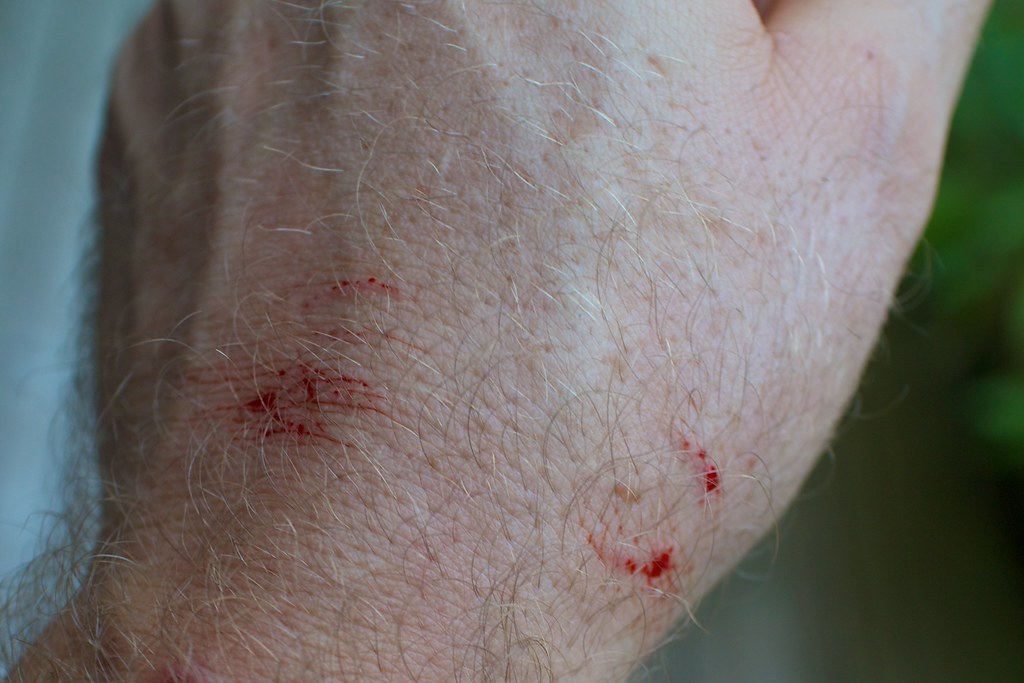
The specific experience of a snake bite varies dramatically depending on which species delivers it and what type of venom it injects. Rattlesnake bites typically produce rapid and dramatic swelling with intense localized pain, often described as feeling like the limb is “about to burst.” Cobra bites, by contrast, may cause surprisingly little initial pain but progress to neurological symptoms including a distinctive heavy feeling in the limbs that victims describe as “like my arms and legs were made of lead.”
Russell’s viper bites, common in parts of Asia, create a unique progression that includes excruciating abdominal pain similar to the worst food poisoning imaginable, often followed by kidney pain that victims describe as feeling like “being repeatedly punched in the lower back.” Australian elapids like the Eastern brown snake can produce a distinctive headache that victims describe as unlike typical headaches—a strange pressure or squeezing sensation coupled with confusion and anxiety.
The Medical Response Experience

For many snake bite victims, the medical response becomes an integral part of their overall experience, often involving unfamiliar and sometimes frightening procedures. The administration of antivenom—the primary treatment for serious envenomations—can itself produce dramatic sensations, with many patients reporting feeling flushed, itchy, or experiencing a peculiar warming sensation spreading through their body as the antivenom proteins circulate.
Many victims describe the strange juxtaposition of feeling relief as their symptoms improve while simultaneously experiencing new sensations from the treatment itself. For those requiring fasciotomy—a surgical procedure to relieve pressure in envenomated limbs—the experience adds another layer of trauma, with patients reporting the bizarre sensation of seeing their limb cut open while feeling surprisingly little pain due to nerve damage from the venom. The hospital experience typically includes frequent blood draws and constant monitoring, which victims often describe as both reassuring and exhausting, creating a sense of being “suspended in time” as they wait to see if treatments will successfully counteract the venom.
Long-Term Sensations and Recovery
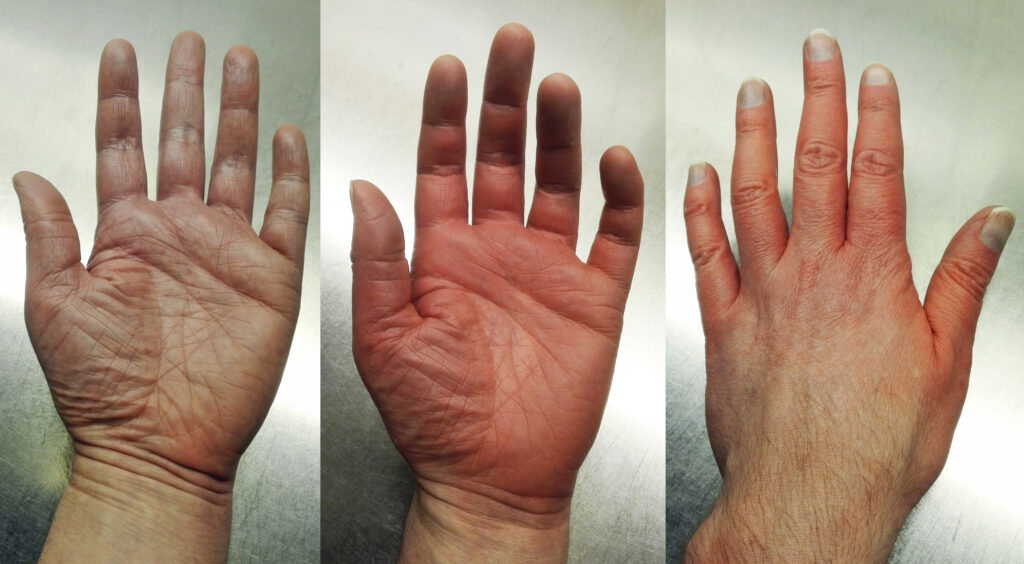
Recovery from a venomous snake bite is rarely quick, with many victims experiencing lingering symptoms for weeks, months, or even years after the event. Neurological effects can persist long after the acute danger has passed, with many patients reporting occasional “phantom” sensations—tingling, burning, or electric-like pains that briefly recur in the affected limb, sometimes triggered by temperature changes or exertion. Tissue damage often leaves behind areas of altered sensation, with some victims describing patches of skin that feel perpetually “sunburned” or paradoxically numb to light touch but hypersensitive to pressure.
Muscle weakness is another common long-term effect, with many describing a frustrating experience of their affected limb feeling “lazy” or “disconnected” from their normal body awareness. Perhaps most surprising to many victims is the psychological recovery timeline—many report experiencing snake-related nightmares, heightened startle responses to elongated objects, or panic responses when hiking or gardening for years after their encounter, demonstrating how deeply the experience affects the nervous system’s threat detection mechanisms.
Comparing Different Venomous Bites and Stings
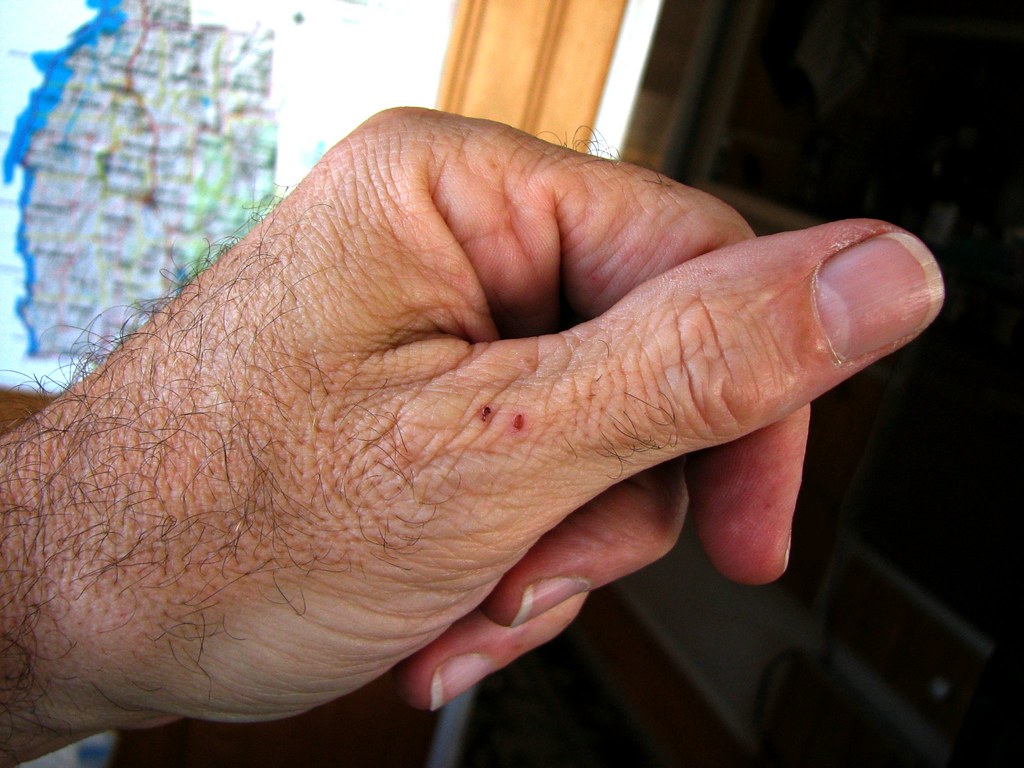
Those unfortunate enough to have experienced multiple types of venomous encounters often note distinctive differences between snake bites and other venomous injuries. Scorpion stings typically produce an immediate, electric-like pain that victims describe as “like touching a live wire,” contrasting with the often slower-developing but longer-lasting pain of many snake envenomations. Box jellyfish stings create an instant, all-encompassing pain that victims describe as “being burned with hot metal,” generally more immediately overwhelming than even the most painful snake bite.
Bee and wasp stings produce a sharp, focused burning sensation that typically peaks quickly and then gradually subsides, unlike the progressive intensification common with snake bites. Interestingly, some snake bite victims who have also been bitten by large non-venomous snakes (like pythons or boas) note that the mechanical trauma of these powerful constrictors actually produces more immediate pain than some venomous bites, though without the progressive systemic effects that make venomous bites so dangerous.
Factors That Influence the Experience
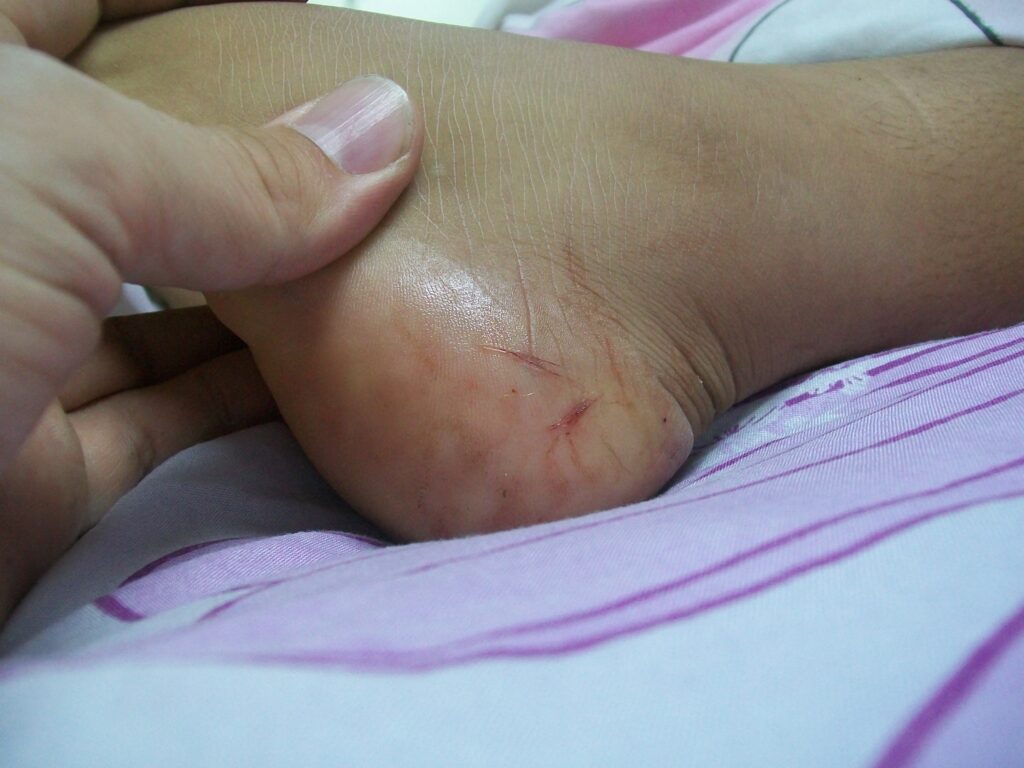
The subjective experience of a snake bite can vary dramatically based on numerous factors beyond just the species involved. The quantity of venom injected—which can range from a full dose to a “dry bite” with no venom at all—creates enormous variation in symptom intensity, with some victims experiencing relatively mild effects while others suffer life-threatening symptoms from the same species. The victim’s body size plays a significant role, with smaller individuals generally experiencing more intense and rapid-onset symptoms as the same amount of venom affects a smaller blood volume.
Previous exposure to snake venoms (including prior bites or occupational exposure among snake handlers) can dramatically alter the experience, sometimes causing hypersensitivity reactions where the body’s immune response actually intensifies certain symptoms. Psychological factors also substantially influence the subjective experience, with those who remain calmer typically reporting less intense pain and anxiety, while those who panic often describe their symptoms as more overwhelming and frightening—highlighting the complex interplay between mind and body during such a traumatic event.
Survivors’ Descriptions and Common Themes
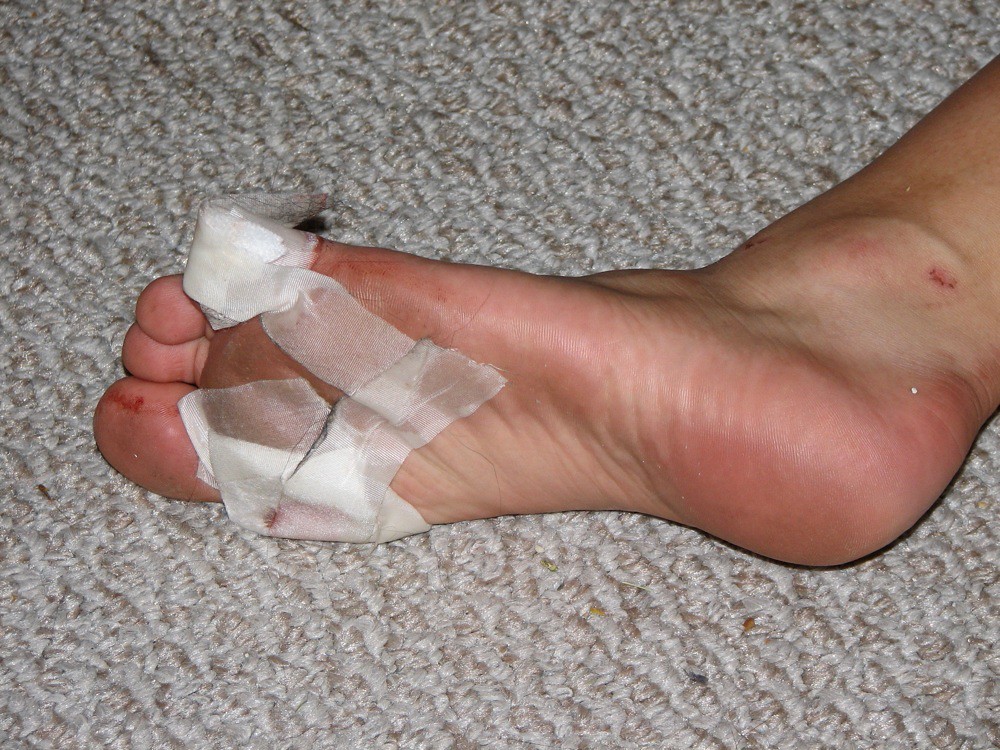
When snake bite survivors describe their experiences, certain themes repeatedly emerge across different cultures, snake species, and individual circumstances. Many describe a profound sense of vulnerability and a new awareness of their own mortality, often using phrases like “I never knew how quickly things could change” or “I suddenly realized how fragile life is.” Time perception distortion is another common theme, with victims frequently reporting that the events seemed to unfold in slow motion during the bite itself, followed by a blurring of time during the subsequent hours.
A surprising number of survivors describe a moment of appreciation for the snake itself, acknowledging its power and evolutionary perfection even while suffering from its venom. Perhaps most universally, survivors describe their experience as transformative—many report a heightened appreciation for life, changed priorities, or a new perspective on risk and safety following their recovery, demonstrating how profoundly a venomous snake bite can affect not just the body but one’s entire worldview.
A venomous snake bite represents one of the most intense physiological and psychological challenges a human can experience. The progression from initial puncture to systemic effects creates a uniquely evolving trauma that engages every sense and system within the body. While modern medicine has dramatically improved survival rates, the subjective experience remains profoundly impactful, often leaving both physical and psychological imprints that last a lifetime. Understanding these experiences provides valuable insights not just for potential victims and medical providers, but also deepens our appreciation for the powerful biological weapons these animals have evolved and the complex relationship between humans and venomous creatures. For those who survive such encounters, the experience often becomes a dividing line in their life story—a profound reminder of nature’s power and our own remarkable resilience in the face of one of its most perfect predatory adaptations.

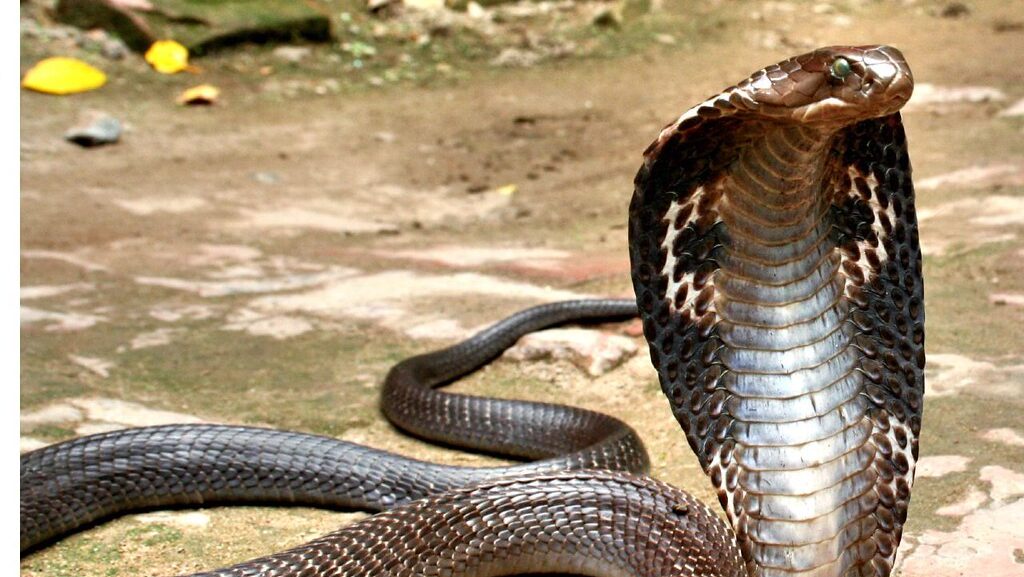

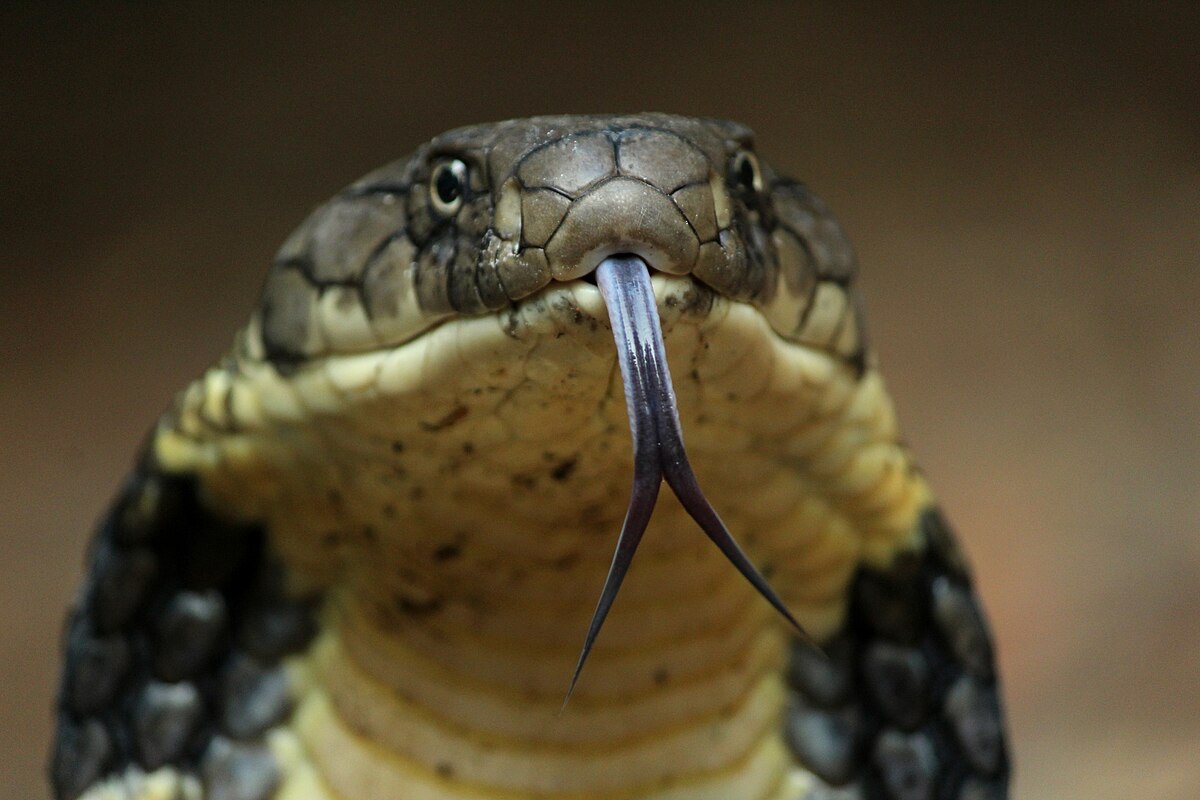
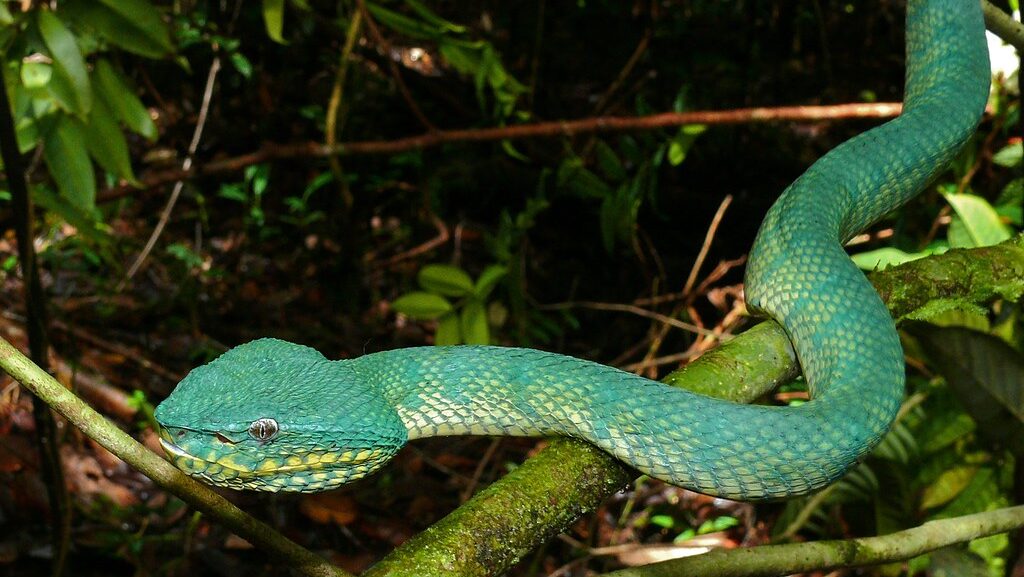
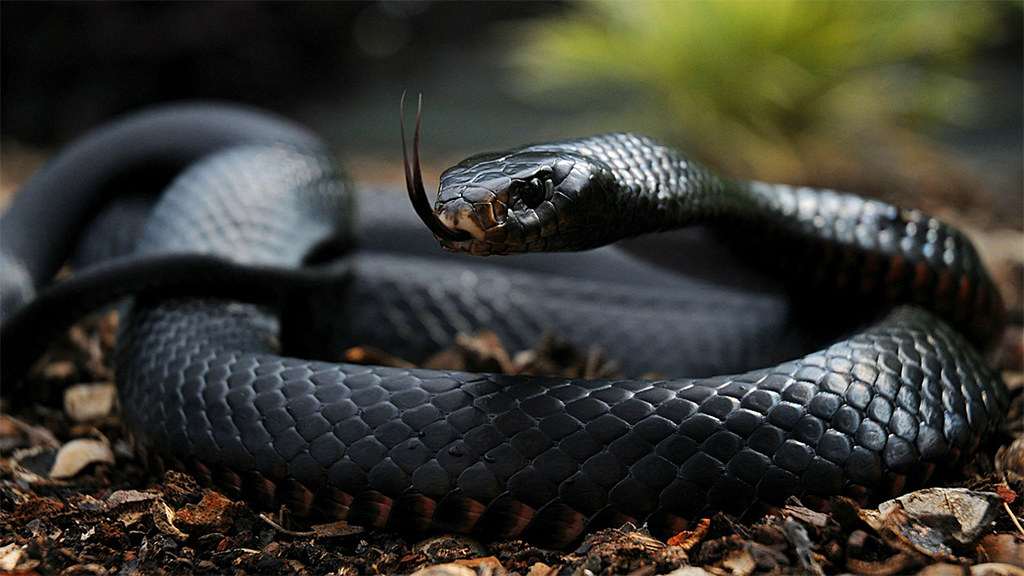



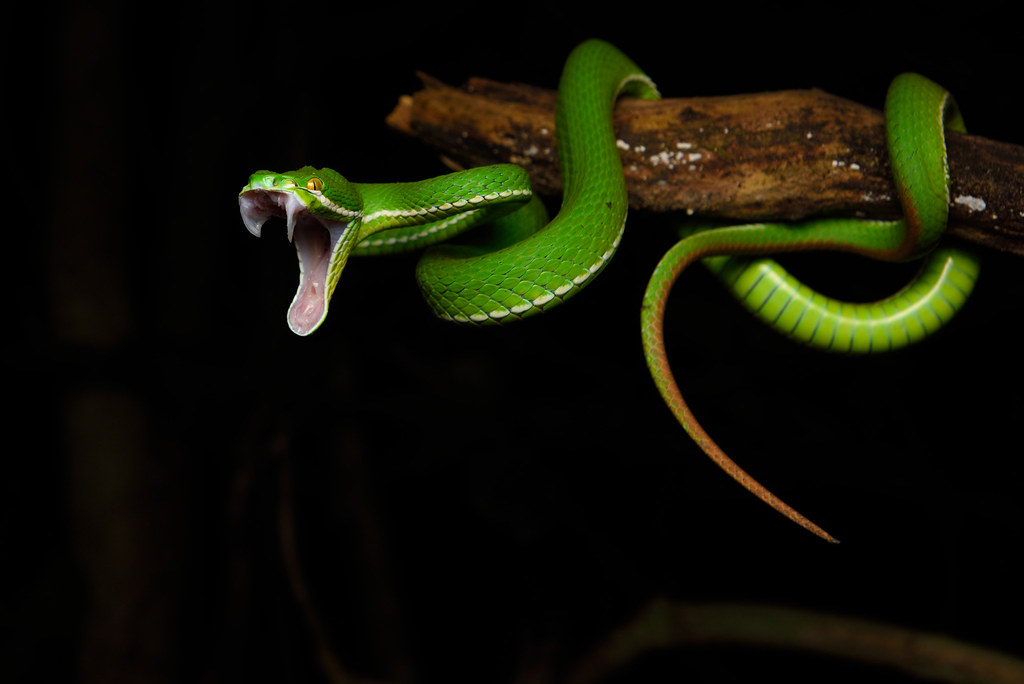

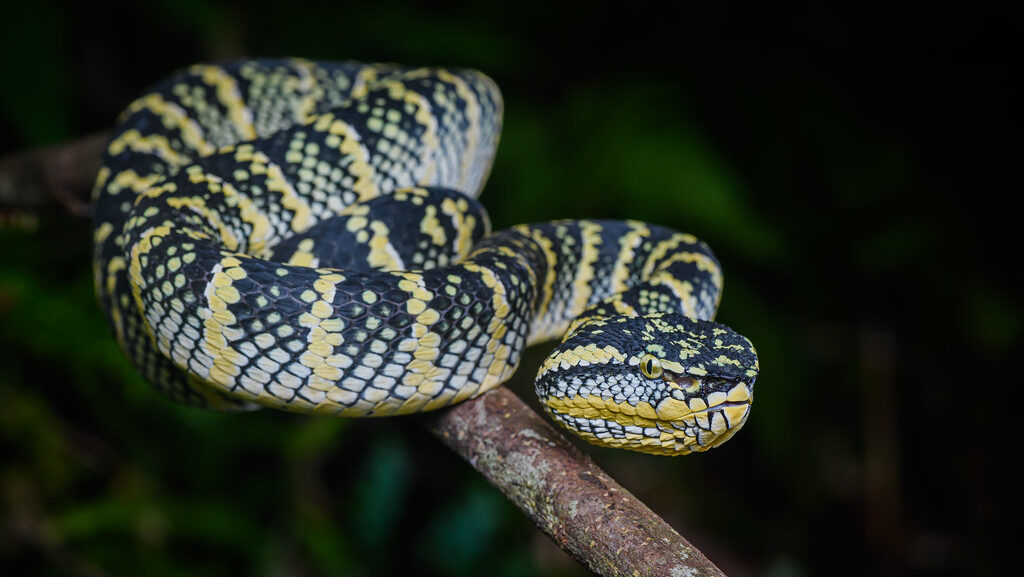
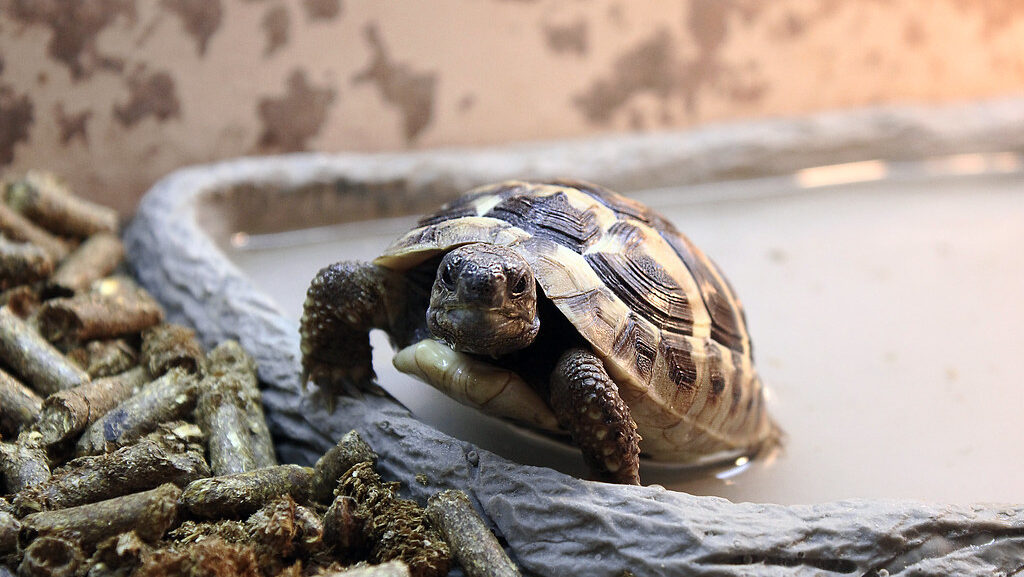

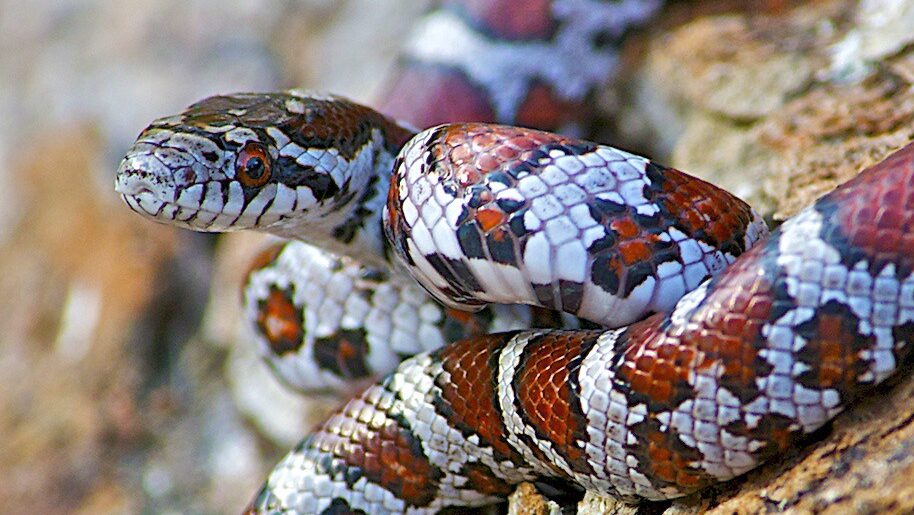
Leave a Reply